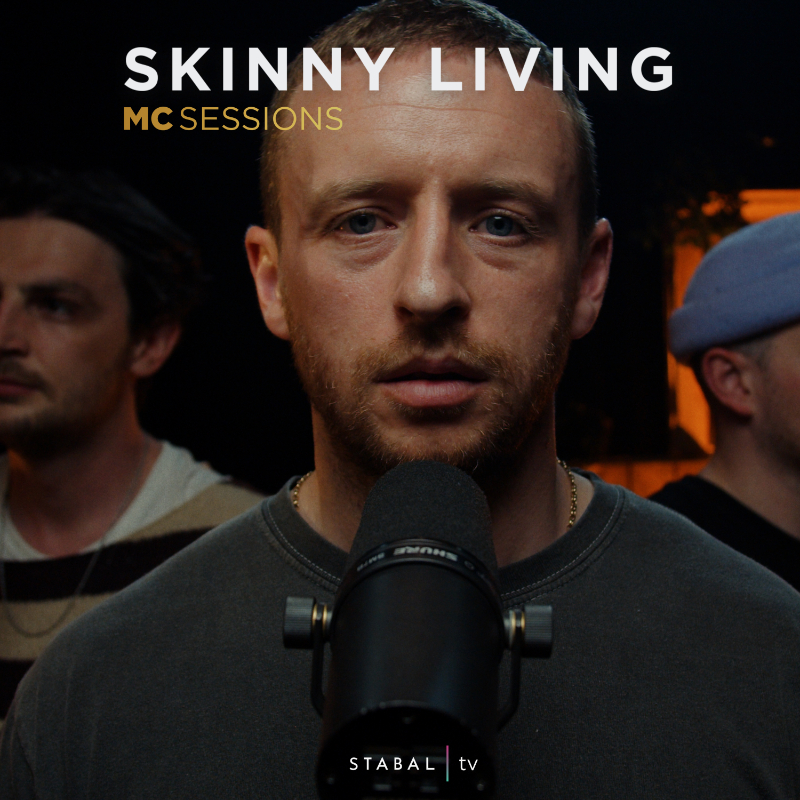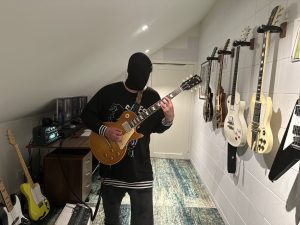There are six main types of pedals that every guitarist should have in their arsenal: treble boosters, overdrive pedals, acoustic simulator pedals, distortion pedals, reverb pedals, and volume pedals. Each type of pedal serves a different purpose and can be used to create unique sounds. Discover the essential gear for guitarists with The 6 main types of pedals guitarists need, and explore the world of the best acoustic guitar pedals for enhancing your sound. In this blog post, we will discuss the functions of each type of pedal and how they can be used to improve your guitar playing skills!
Here is the list of pedals you will need as a guitarist:
- Treble Booster Pedal
- Overdrive Pedal
- Acoustic Simulator Pedal
- Distortion Pedal
- Buffer pedal
- Chorus pedal
Chorus pedal
Chorus pedals are one of the most commonly used effects in guitar playing. As the name suggests, these pedals create a chorus effect by adding a second, slightly detuned signal to your guitar sound. This can thicken up your tone and add some movement and depth to your playing. Chorus pedals are often used on clean sounds, but can also be effective with distortion. If you want to create an amazing sound you should find the best chorus pedals to harmonize your signal chain. When using a chorus pedal with distortion, it’s best to place the pedal after your overdrive/distortion effects in your signal chain.
Treble Booster Pedal
There are a few different types of treble booster pedals available on the market, each with its own set of features. The most basic models simply enhance the high-end frequencies, giving your guitar a brighter sound. More advanced models may also include EQ controls and other tone-shaping features. If you’re looking to add a bit of extra sparkle to your sound, a treble booster pedal is a great place to start.
Overdrive pedals
An overdrive pedal is a type of guitar effect that produces a warm, fuzzy distortion. Many guitarists use overdrive pedals to give their sound more “bite” or to make solos stand out. Overdrive pedals can be used with both clean and distorted amplifiers to create a wide range of sounds.
The most popular overdrive pedal is the Ibanez Tube Screamer, which has been used by everyone from Stevie Ray Vaughan to John Mayer. Other popular overdrives include the MXR Fullbore Metal and the Boss OD-20 GigaDrive.
Overdrive pedals are an essential part of any guitarist’s toolkit and can help you create a wide range of sounds. Experiment with different overdrives to find the one that suits your style of playing.
Acoustic Simulator Pedal
An acoustic simulator pedal is a device that attempts to reproduce the sound of an acoustic guitar. They are commonly used by electric guitarists who want to achieve a more “acoustic” sound without having to purchase and carry around an actual acoustic guitar.
There are many different types of acoustic simulator pedals on the market, each with its own unique set of features and capabilities. Some of the most popular brands include Boss, Fishman, and LR Baggs.
When choosing an acoustic simulator pedal, it is important to consider what type of sound you are trying to achieve. Do you want your electric guitar to sound like it is being played through an amplifier? Or do you want it to sound like it is being played acoustically?
Once you have decided on the type of sound you want to achieve, it is important to consider the features of each pedal. Some pedals offer more controls than others, allowing you to fine-tune the sound to your liking.
If you are looking for a simple pedal that will provide you with a basic acoustic guitar sound, then the Boss AC-100 Acoustic Simulator Pedal is a good option. This pedal has two main controls: Level and Tone. The Level control adjusts the overall volume of the effect, while the Tone control allows you to adjust the amount of high-frequency content.
Distortion Pedal
A distortion pedal is an effects unit used to distort or overdrive an electric guitar signal. A distortion pedal produces a “warm”, “fuzzy” or “gritty” sound by clipping the signal (pushing it past its maximum value). Distortion pedals are most commonly used with electric guitars. While distortion is most often thought of as a product of overdriven amplifiers, entirely different sounds can be produced by distortions pedals, particularly when used with tube amps. Some famous examples of songs that use distortion pedals are “Satisfaction” by The Rolling Stones, “Crazy Train” by Ozzy Osbourne, and “Enter Sandman” by Metallica.
Overdrive and fuzz boxes were originally intended to mimic the sound of broken-up tube amplifiers, such as those made by Vox and Magnatone. These early pedals used simple transistors to create a distorted signal. Later pedals used more sophisticated IC chips to produce a wider range of distortions.
The first distortion pedal was the Maestro FZ-I Fuzz-Tone, created in 1962 by Gibson engineer Glenn Snoddy. The Fuzz-Tone was designed to add distortion to guitars for use in pop and rock music. It became popular after being used by British Invasion bands such as The Who and The Kinks.
Buffer pedals
A buffer pedal is one of the most important pedals for a guitarist to have. It helps to preserve the high-end frequencies of your guitar signal, which can be lost when using long cable runs or multiple pedals. A good buffer pedal will also help to increase the overall level of your signal, making it louder and more present in the mix. There are many different types of buffer pedals available on the market, so it’s important to choose one that will work well with your particular setup.
If you’re using a lot of effects pedals, or if you have a long cable run from your guitar to your amplifier, then a buffer pedal is essential. A buffer pedal placed at the beginning of your signal chain will help to preserve the high-end frequencies of your guitar signal. This is especially important if you’re using a lot of distortion pedals, as they can cause the high-end frequencies to become lost in the mix. A buffer pedal will also help to increase the overall level of your signal, making it louder and more present in the mix. There are many different types of buffer pedals available on the market, so it’s important to choose one that will work well with your particular setup.
So there you have it, the six main types of pedals every guitarist needs. Of course, there are many more pedals out there and you may find that you need or want other pedals as well. But these six will give you a great foundation to start with. Experiment and find what works best for you and your style of playing. Have fun!






